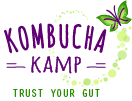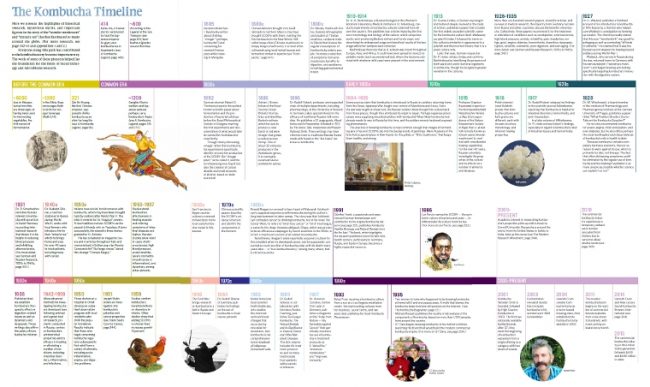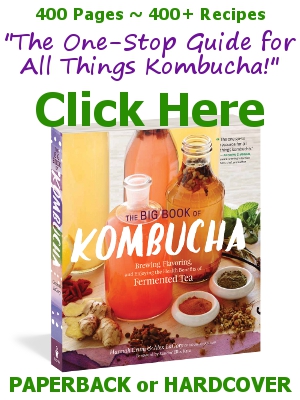History and Legends of Kombucha
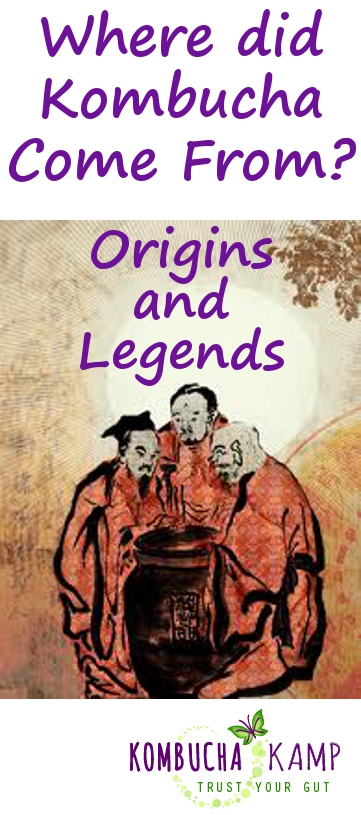 “Where does Kombucha come from?” Ask 10 Kombucha fans and they might all give you different answers! Just as it is difficult to pinpoint who grew and cooked the first green bean or squeezed and then quaffed the first cup of cow’s milk, the exact origins of our beloved fermented foods and drinks are uncertain. These sacred foods were often passed along through families and friends.
“Where does Kombucha come from?” Ask 10 Kombucha fans and they might all give you different answers! Just as it is difficult to pinpoint who grew and cooked the first green bean or squeezed and then quaffed the first cup of cow’s milk, the exact origins of our beloved fermented foods and drinks are uncertain. These sacred foods were often passed along through families and friends.
But who was the first brave soul to chow down on “rotten” cabbage and “spoiled” tea? While we’ll never know for sure, several Kombucha legends and a healthy dose of common sense can give a good idea of where Kombucha may have originated and how people all over the world have utilized it to their benefit over the centuries. So whether Kombucha is hundreds or thousands of years old, here are some of the best legends (and some actual history!) of Kombucha.
The First Fermenters?
Archeological evidence of fermentation, via the clay pots used, can be dated to pre-historical times more than 9,000 years ago. Evidence points to both alcoholic and preservation fermentation in practice across multiple locations around the world. There’s a chance that Kombucha may have been one of these beverages. In the Bible, for instance, there is a reference to “Ruth’s vinegary beverage.” While drinking vinegar was popular in ancient times as a health elixir, perhaps it was the booch she was sipping on!
Ancient Chinese Secret?
One of the most well known Kombucha origin stories dates back thousands of years to the Qin Dynasty (221 BCE) in China. It is said Emperor Qin Shi Huangdi was the first to make and drink Kombucha. Since we know fermentation and tea were both popular in China, it stands to reason it may have started there. Considering that Traditional Chinese Medicine, which is more than 5000 years old(!), finds use for nearly every plant in nature, it would not be surprising if they “discovered” Kombucha first. The Chinese are famous for their quest for longevity elixirs; were the first to ferment cabbage (aka sauerkraut in German or “paocai” in Mandarin); and have cultivated delicacies from the wild including bird’s nest soup and fried scorpions to name a few. 🙂
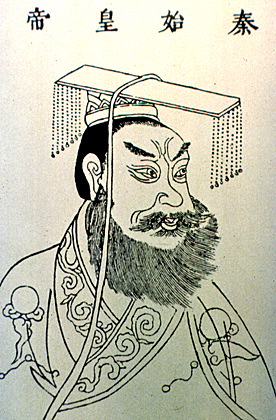
Emperor Qin Shi Huang Di
Jumping ahead in time to the Cultural Revolution in China (1960’s), Kombucha was found in nearly everyone’s home and it was referred to by several other names including “Sea Treasure” (海寶) “haibao” or “haipao”, “Stomach Treasure” (胃寶) “weibao” or “weipao” and “Sea Mushroom”(海蘑菇) “haimogu”. Several research studies can be found in both China and Taiwan from the 1980’s that reference the older more romantic sounding names that indicate it’s primary benefit was for improving digestion. Read more about The Legend of the Sea Treasure here.
Today, many still brew at home and a commercial industry is starting to emerge. It goes by the more utilitarian names of “hongchajun” 红茶菌 (literally “red tea bacteria/fungus/yeast”), “hongchagu” 红茶菇 (“red tea mushroom”), or “chameijun” 茶霉菌 (“tea mold”) and most recently “kangpucha” (康扑茶) a transliteration of Kombucha that allows for many types of tea other than “red tea” to be used in the fermentation process.
“Invented in China, but it sounds like a Japanese name?”
In fact, the true origin of the name “Kombu-cha” may be Japanese. But before we dive into that rabbit hole, there are other legends that connect Kombucha to Japan as well. One of the most famous is the story of “Dr. Kombu.” Supposedly a Korean doctor, he was said to have brought a magical cure to the Japanese Emperor Inyoko in 414 CE. This seems a bit too convenient, the most obvious problem being that “Kombu” is not a known Korean surname.
However, there may be evidence in the Nihon Shoki, the ancient scrolls that chronicle Japanese history, to match up with this legend! In these scrolls, the name provided for this Korean doctor in 414 CE was actually not too far off – listed as “Komu-ha” or “Kon Mu.” That’s awfully close! Could an ancient Korean doctor have introduced a special drink to cure the Emperor? Perhaps this is the true origin of the name!
“Wait, what about Kombu, isn’t that a seaweed?”
Just as the word “mushroom” has been a “term of convenience” for the SCOBY, perhaps Kombu is also a “term of convenience”, in this case referring to the yeast. Kombu is a brown seaweed that is often soaked in hot water and enjoyed as a tea (literally Kombu-cha as “cha” means tea). Could it be that someone looked at the yeast strands floating in a jar of Kombucha and thought they looked like kombu? In Japan these days, kombucha goes by the name “kōcha kinoko” (“red tea mushroom”).
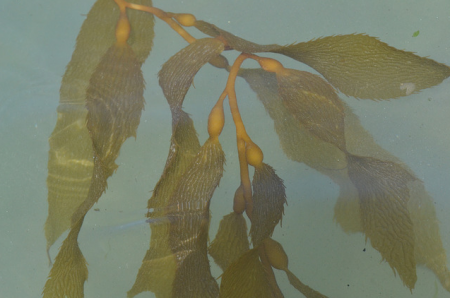
Did strands of yeast floating in a Kombucha jar remind Japanese people of Kombu seaweed?
The seaweed above looks kind of like the normal Kombucha yeast in this vessel.
Kombucha Confusion
According to another Chinese legend that has been passed around, Kombucha was known as “Ling-Tche” aka “the Divine Tea.” This particular legend may be a result of confusion, however. When asking Chinese friends about this connection, they do claim Kombucha as originating in China. But when asked if Kombucha is also known as “Ling-Tche” or “lingzhi” (more commonly known as reishi mushrooms), the answer is no. While Kombucha has often been referred to as “mushroom tea” throughout history, it is highly unlikely that the “lingzhi” of the Qin Dynasty and what we know as Kombucha are the same.
And although it was attributed to saving Nobel Prize winner Alexsander Solzhenitsyn’s life while in exile in Siberia, it is more likely that another “mushroom”, chaga (a tree fungus), is the hero of that story.
Early 20th Century Science
Although the information is scant, from Asia, Kombucha likely traveled via the Silk Road. Perhaps it was the fermented, vinegary beverage that is said to have filled the travel flasks of Genghis Khan and his armies as they conquered most of Asia about 1200 CE. At that same time, Japanese warriors were said to have done the same. Little is heard of the brew in official records for many hundred years.
 Then, as the 19th century comes to a close, a pair of wars in the region bring together soldiers from many armies: Chinese, Korean, Japanese and Russian forces battle for influence over their territories. In the process they end up exchanging all kinds of cultural elements, one of which were fermentation cultures. Even some German doctors, working the Russian camps, begin bringing home cultures to their friends and families, sparking a large scientific push to understand these unique ferments.
Then, as the 19th century comes to a close, a pair of wars in the region bring together soldiers from many armies: Chinese, Korean, Japanese and Russian forces battle for influence over their territories. In the process they end up exchanging all kinds of cultural elements, one of which were fermentation cultures. Even some German doctors, working the Russian camps, begin bringing home cultures to their friends and families, sparking a large scientific push to understand these unique ferments.
Not long after, scientific records of Kombucha begin to appear in Russia. The earliest known research is recorded by AA Bachinskaya in 1913. In Russian, the kombucha culture is called “čajnyj grib” (literally “tea mushroom”), while the beverage itself is known as “grib” (“mushroom” or affectionately “gribok” – “little mushroom”) or “tea kvass.” In the early 20th century, Bachinskaya collected samples of Kombucha cultures from across Russia to study the yeast and bacteria that comprise the “mushroom.”
After witnessing a Russian peasant use Kombucha to help injured soldiers in WWI, Dr. Rudolf Sklenar, brought the culture back to his native Germany where Kombucha was used in a specific protocol to heal cancer patients. Hundreds of studies on Kombucha are conducted in Russia and Germany from the 1920’s – 30’s, with much of the focus on improvements in digestion and diabetes.
Kombucha Kulture Spreads
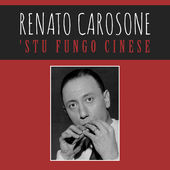 Kombucha was very popular in Russia and Europe until World War II, when sugar and tea were rationed, making them too hard to come by for the average family. Being as they are most important ingredients, it is easy to understand why the practice became less common. Fortunately, enough people preserved the tradition.
Kombucha was very popular in Russia and Europe until World War II, when sugar and tea were rationed, making them too hard to come by for the average family. Being as they are most important ingredients, it is easy to understand why the practice became less common. Fortunately, enough people preserved the tradition.
After the war, Kombucha enjoyed a brief resurgence among the Italian elite, where the recipe was treated like a “chain letter” with specific instructions as to which day to cultivate the tea. But when priests noticed parishioners stealing holy water from the fonts to imbue the Kombucha with even more healing powers, they condemned the booch!
A testament to the popularity in Italy is Italian Pop Star Renato Carosone’s 1955 hit “Stu Fungo Cinese” aka The Chinese Fungus – Enjoy!
He’s singing, “I no longer need medicine…it grows, it grows, it grows…take your mushroom every morning!” ha ha…
In the 1960’s, Swiss research confirmed the health benefits of drinking kombucha, providing another boost to its popularity.
Radiation Protection?
More recent first hand Russian legends involve residents in towns near the Chernobyl meltdown of the 1980’s. As the horrific radiation exposure ravaged the victims over the weeks and months following the accident, doctors and scientists noticed a group of people seemingly resistant to the effects, many of whom were elderly women. When traced back, the common thread turned out to be that those who consumed Kombucha regularly survived the radiation. Visit this post for more on radiation and Kombucha.
Supernatural Source?
Betsy Pryor, an early Kombucha champion, shares the belief, along GT’s mother, that perhaps Kombucha’s origins are actually divine or extraterrestrial in nature, admitting that “sometimes…I hear a chorus of tiny voices singing up above my head in the Kombucha nursery.” Sometimes, Betsy, we think we do too. =)
Modern Times Means Modern Science
Over the last few decades, Kombucha has enjoyed a revival in Europe and has become popular in both Canada, Australia and the United States, especially since the year 2000. Clearly more research needs to be carried out on many topics concerning Kombucha to corroborate the large body of anecdotal evidence and older studies carried out in other countries over a hundred years ago. However, there is a body of research being cobbled together all over the world. To search the already hundreds of studies that have been done over the last 2 decades, check out the Kombucha Kamp Research Database Here.
Want to learn more about the Legends and Science of Kombucha?
Check out the Complete Kombucha Timeline in your copy of
The Big Book of Kombucha, pages 334 – 341
Don’t have The Big Book of Kombucha yet?
Grab your copy today!
Check out these links to more great Kombucha resources:
- How-to Videos
- Kombucha Recipes
- How to Flavor Kombucha
- How to Store Kombucha SCOBY
- Bottling Homemade Kombucha
- Frequently Asked Questions (FAQs)
Don’t forget to download our DIY Kombucha tea guide and sign up for our newsletter!
